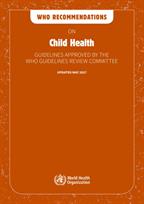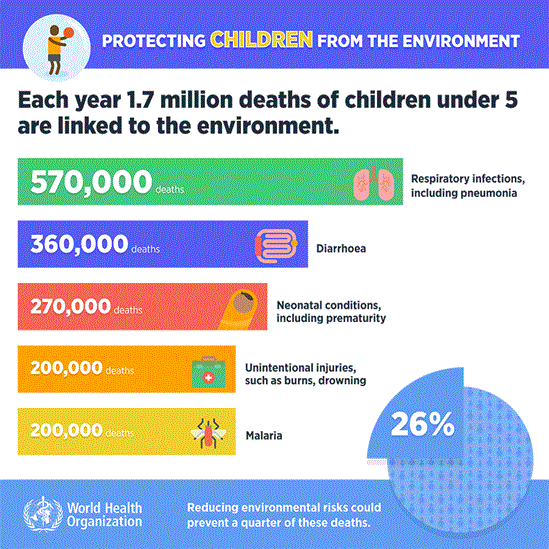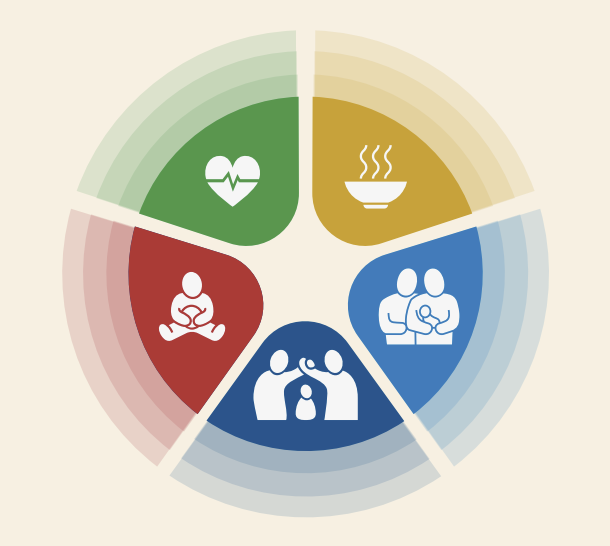Young girl posing with her brother. Her uncle cracked a joke and she burst out laughing.
Managing childhood illness
By supporting the implementation of quality, child-centred primary health care services, WHO helps countries work towards universal health coverage. Our goal is to ensure that all children can celebrate their 10th birthday in good health.
Children brought to health facilities are often suffering from more than one condition at a time, and providing adequate care remains a serious challenge. At first-level health facilities in low-resource countries, diagnostic supports such as radiology and laboratory services are minimal or non-existent, and drugs and equipment are often scarce.
To ensure high-quality care despite these limitations, WHO promotes the continued implementation of Integrated Management of Childhood Illness (IMCI). IMCI integrates curative and preventive elements, focusing on the most lethal common conditions: pneumonia, diarrhoea, malaria, measles and malnutrition. It has three components: improving the case management skills of health-care staff, improving overall health systems, and improving family and community practices.
IMCI is implemented across three levels of the health system: first-level health facilities, the community, and hospitals. It is regularly reviewed and revised to keep up with changing epidemiology. It has expanded to include newborn care, and can be adapted for areas with a high prevalence of HIV and TB. Discussions are ongoing to broaden it to children up to 10 years of age.






